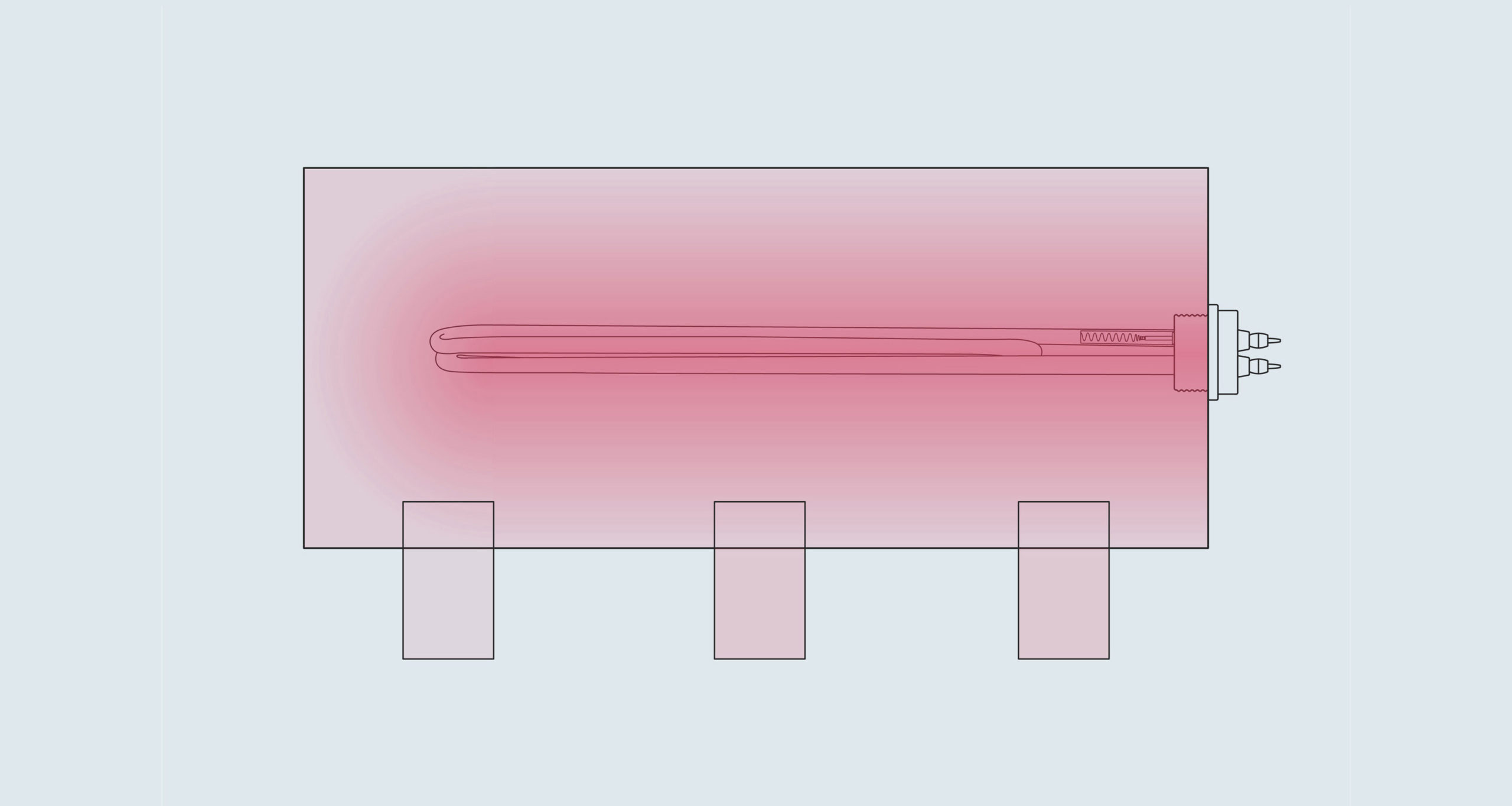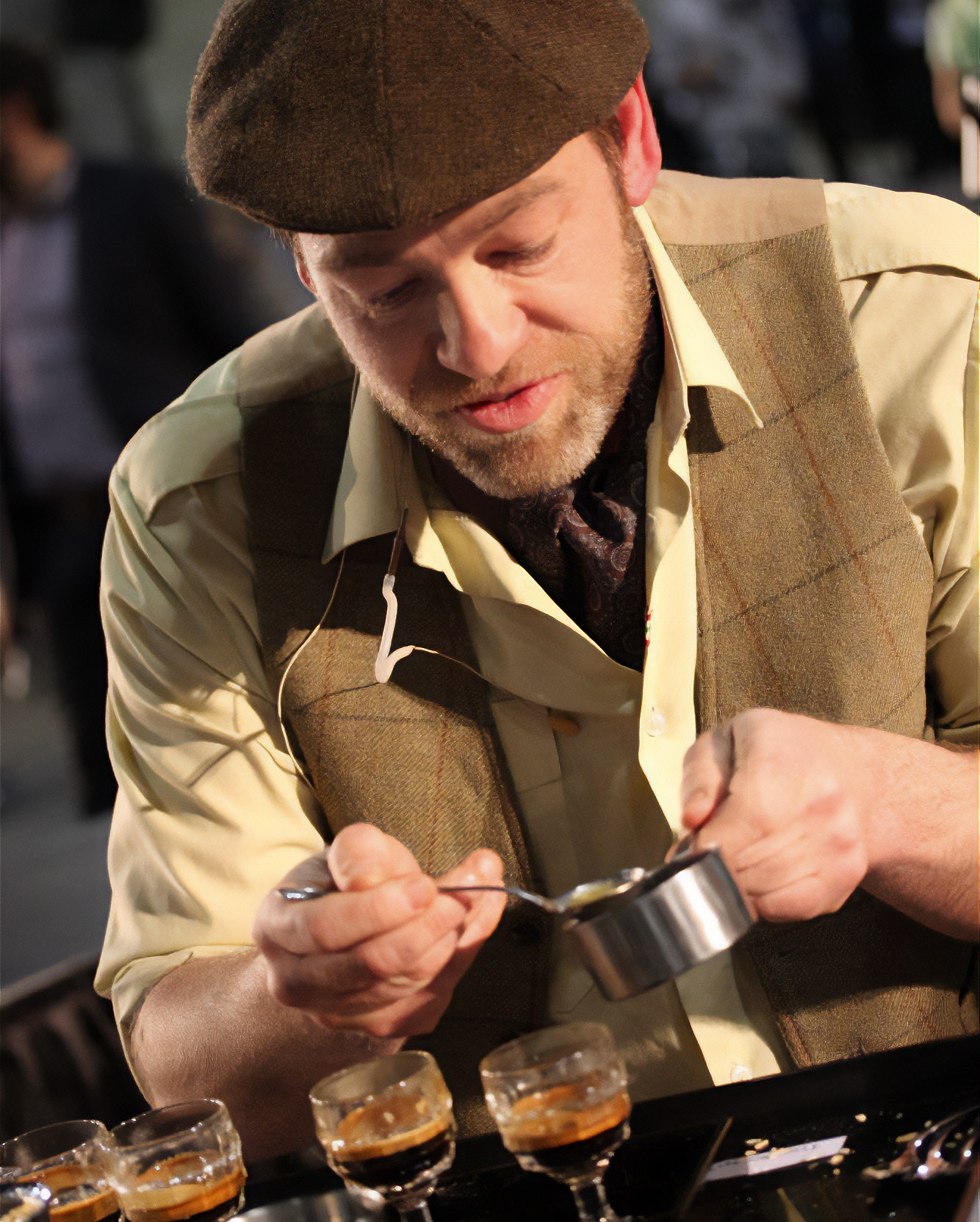In dual-boiler machines, the groups are supplied from a single brew boiler. Depending on their distance from the heating elements, it is possible to have slightly different water temperatures at each group. To overcome this issue, machine makers began to incorporate more than one PID-controlled heat source per group.
 The temperature of multiple groups connected to one boiler may vary slightly, depending on the position of the element. The temperature within the boiler will be slightly cooler at the end furthest from the heating element, and this could result in minute temperature differences between groups.
The temperature of multiple groups connected to one boiler may vary slightly, depending on the position of the element. The temperature within the boiler will be slightly cooler at the end furthest from the heating element, and this could result in minute temperature differences between groups.
Orlando Simoneli founded the Simonelli company in 1936 in the town of Cessapalombo, Italy. Nuova Simonelli, as the company became known, took over from La Marzocco as the machine sponsor of the World Barista Championships in 2008. At that time, a clear directive was coming from an increasingly vocal new generation of baristas demanding ever more temperature stability from machine manufacturers. This sentiment was exemplified by Gwilym Davies in the final round of the 2009 World Barista Championships, held that year in Atlanta, USA. In his introduction to a routine that would see him become the 2009 World Barista Champion, he declared,
‘Hello, my name is Gwilym, and I’m going to talk to you about why espresso is disappointing’.
 Gwilym Davies on Stage in Atlanta at the 2009 World Barista Championships. Photo by Liz Clayton
Gwilym Davies on Stage in Atlanta at the 2009 World Barista Championships. Photo by Liz Clayton
In 2012, Nuova Simonelli released a multi-boiler machine called the Aurelia II, equipped with a heating system called T3 technology that offered temperature stability within 0.1°C of the set point temperature. They achieved this by combining PID technology with several older innovations: Firstly, water was delivered into the brew boilers — one for each group — after travelling through a heat exchange system built into the steam boiler. Then, water preheated to approximately 70°C was allowed to enter the independent brew boilers. Both the steam boiler and the brew boiler were controlled by PIDs — an approach that had been pioneered in the Dalla Corte Evolution in 2001 — but the preheating was new.